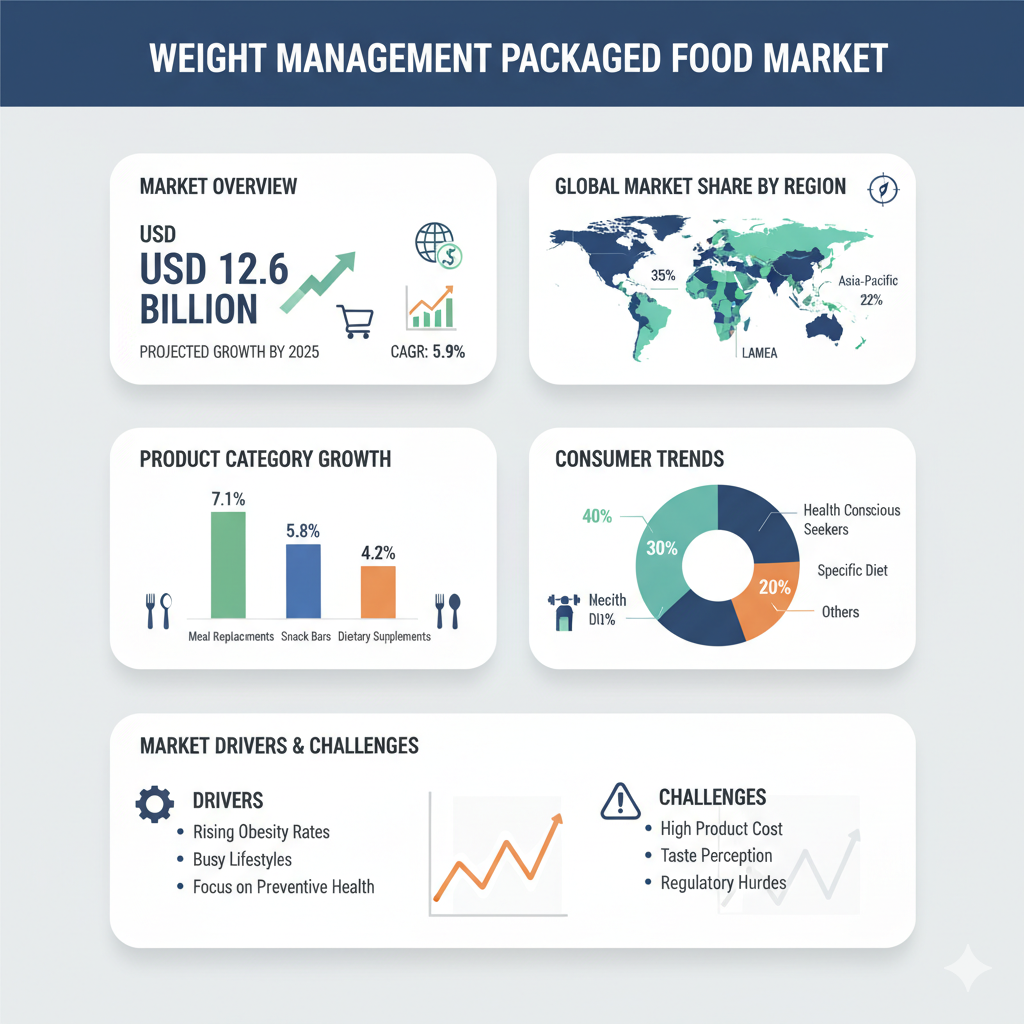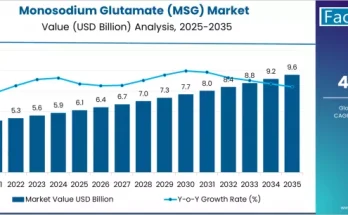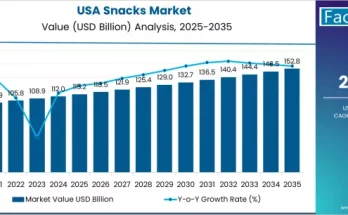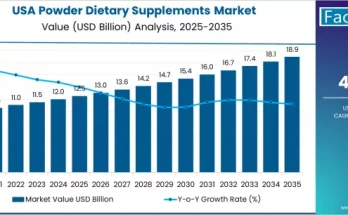The global weight management packaged food market is entering a period of significant expansion, driven by evolving consumer attitudes toward health, wellness, and convenience. According to a recent report by Fact.MR, this sector is projected to grow from USD 7.2 billion in 2025 to USD 12.6 billion by 2035, registering a compound annual growth rate (CAGR) of approximately 5.9%. This growth reflects both the increasing prevalence of lifestyle-related health issues and the growing awareness among consumers about the importance of balanced nutrition and portion control.
Market Segmentation
The weight management packaged food market can be segmented by product type, claim, distribution channel, and region. By product, it includes meal replacement bars and shakes, low-calorie ready meals, and snacks. The claim-based segmentation highlights clinically formulated, functional or high-protein, and low-calorie products. Distribution channels are classified into retail, online subscription, and clinical distribution. Geographically, the market is spread across North America, Latin America, Western and Eastern Europe, East Asia, South Asia and Pacific, and the Middle East and Africa.
These segments provide insight into how companies are tailoring their strategies to meet diverse consumer needs. The variety of products and claims reflects the industry’s adaptability, while the range of distribution channels underscores the importance of convenience and accessibility in modern consumer behavior.
Growth Drivers and Recent Market Developments
Several major trends are fueling the rapid growth of the weight management packaged food industry. Rising obesity rates, sedentary lifestyles, and increasing health consciousness are leading more people to seek products that help them manage calorie intake while ensuring nutritional balance. Additionally, the post-pandemic rise of online retail and subscription-based food services has transformed how consumers purchase and consume packaged meals.
A significant development in the market is the alignment of product innovation with the growing number of consumers using GLP-1 (glucagon-like peptide-1) medications for weight management. Companies are introducing food products that complement these regimens, focusing on portion-controlled, high-protein, and nutrient-dense offerings. For example, Nestlé recently introduced its Vital Pursuit range of frozen meals designed specifically for individuals managing their weight, reflecting the company’s strategic shift toward targeted nutrition. Similarly, Conagra Brands and other established players are introducing “GLP-1-friendly” labels to indicate products that fit within structured dietary programs.
Product innovation is also being driven by consumer demand for clean-label, plant-based, and low-sugar formulations. Today’s consumers are more aware of ingredients, seeking transparency and simplicity in packaged foods. This has led to the introduction of high-protein, fiber-rich snacks and meal replacements that not only support weight management but also promote sustained energy and satiety.
The projection of USD 7.2 billion in 2025 growing to USD 12.6 billion by 2035 demonstrates how health awareness and convenience are converging to create a robust global market.
Weight management packaged food market is projected to grow from USD 7.2 billion in 2025 to USD 12.6 billion by 2035, at a CAGR of 5.9%.
Key Players and Competitive Analysis
The competitive landscape of the weight management packaged food market is characterized by a blend of large multinational corporations and specialized niche brands. Leading players include Nestlé, Unilever, General Mills, Kellogg Company, The Kraft Heinz Company, Danone, Herbalife Nutrition, The Simply Good Foods Company, Huel Ltd., and No Cow LLC.
Large corporations are leveraging their established distribution networks, brand recognition, and research capabilities to expand into health-focused categories. Their strategies include reformulating existing products, launching new low-calorie lines, and investing in sustainable packaging. Nestlé, for instance, continues to emphasize personalized nutrition, while Danone and Kellogg are enhancing their functional food portfolios with plant-based and high-protein offerings.
Smaller, specialized brands such as Huel and No Cow are driving innovation by catering to niche audiences who prefer vegan, gluten-free, or clean-label products. These brands often engage directly with consumers through online channels, using data-driven marketing and subscription-based models to foster brand loyalty.
The market is witnessing increasing claim-based differentiation, with brands highlighting attributes such as high protein content, clinical formulation, and low-calorie profiles. As the market matures, authenticity in health claims and transparency in labeling are becoming critical factors influencing consumer trust. Pricing remains a competitive pressure point—while premium formulations are appealing to affluent, health-conscious buyers, affordability challenges persist in price-sensitive regions.
Segment Focus and Regional Outlook
Among product segments, meal replacement bars and shakes are expected to lead, owing to their convenience and compatibility with structured diet programs. Low-calorie ready meals and snacks are also gaining popularity as consumers seek quick, portion-controlled meal solutions that fit busy lifestyles.
Functional or high-protein claims are becoming dominant as consumers associate protein with satiety and muscle maintenance, while clinically formulated and low-calorie products continue to attract those pursuing medically guided weight management.
Retail remains the leading distribution channel, but online subscription services are expanding rapidly, providing recurring, personalized delivery models. Clinical distribution, including partnerships with healthcare providers and weight management clinics, is also emerging as a credible growth avenue.
Regionally, North America continues to dominate the market due to high obesity awareness and well-established food innovation infrastructure. Meanwhile, East Asia and South Asia Pacific are expected to witness the fastest growth, driven by urbanization, rising disposable incomes, and increasing awareness of healthy lifestyles.



